WorldTour week: The historical predecessors to cycling's top series
Challenge Desgrange-Colombo and Super Prestige Pernod precede the ProTour
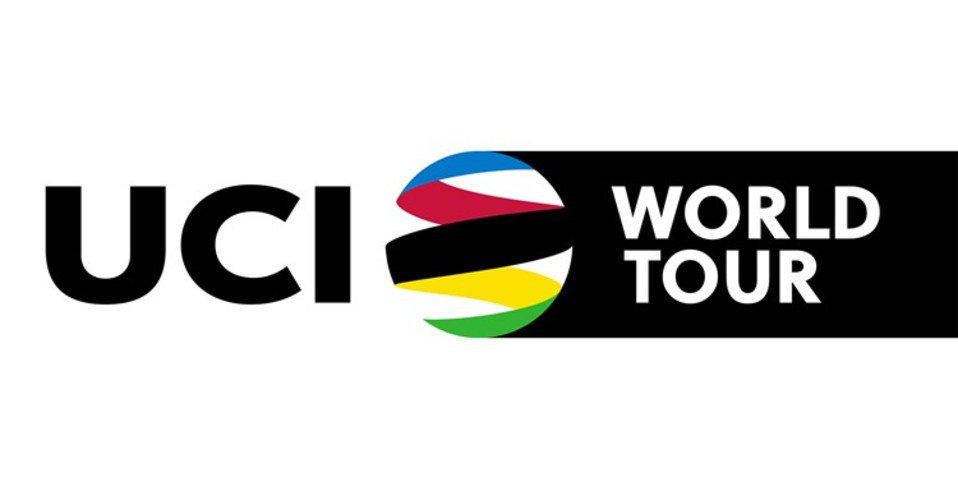
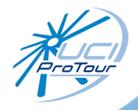
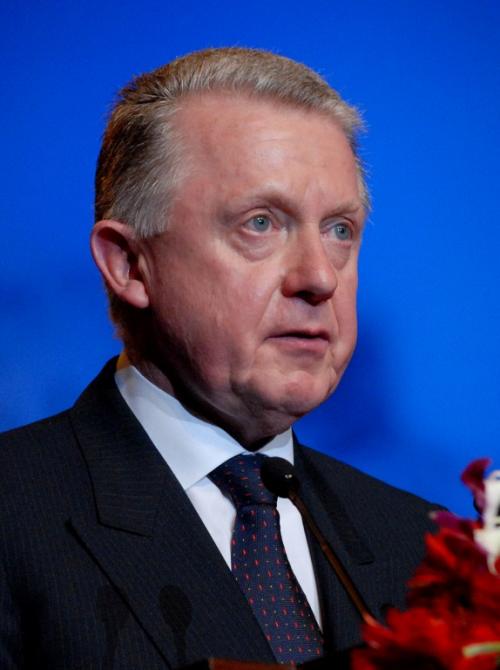
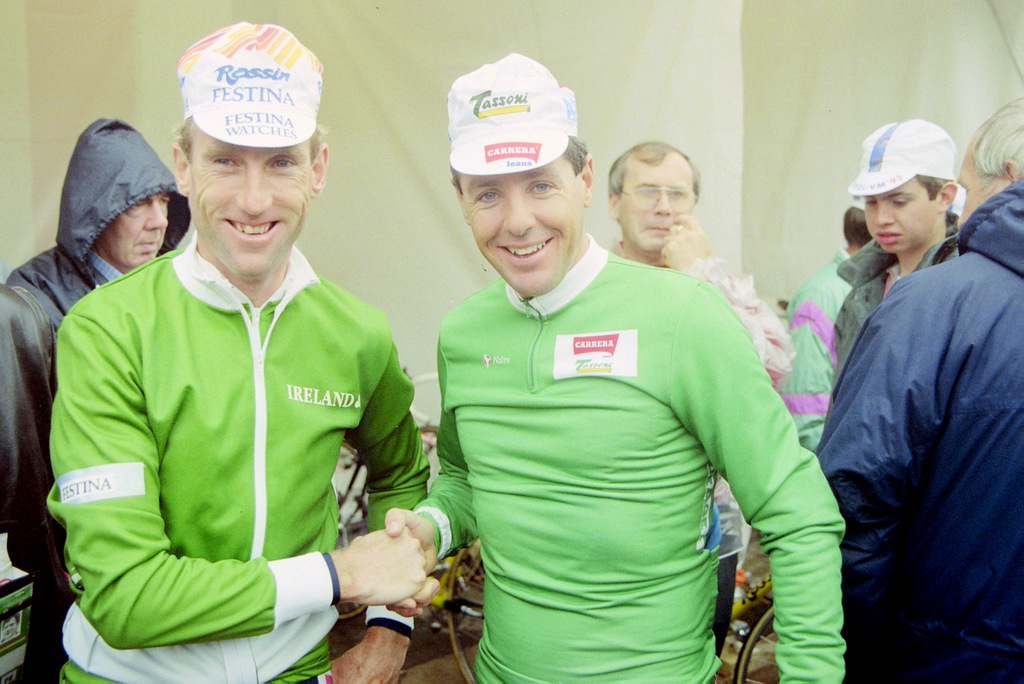
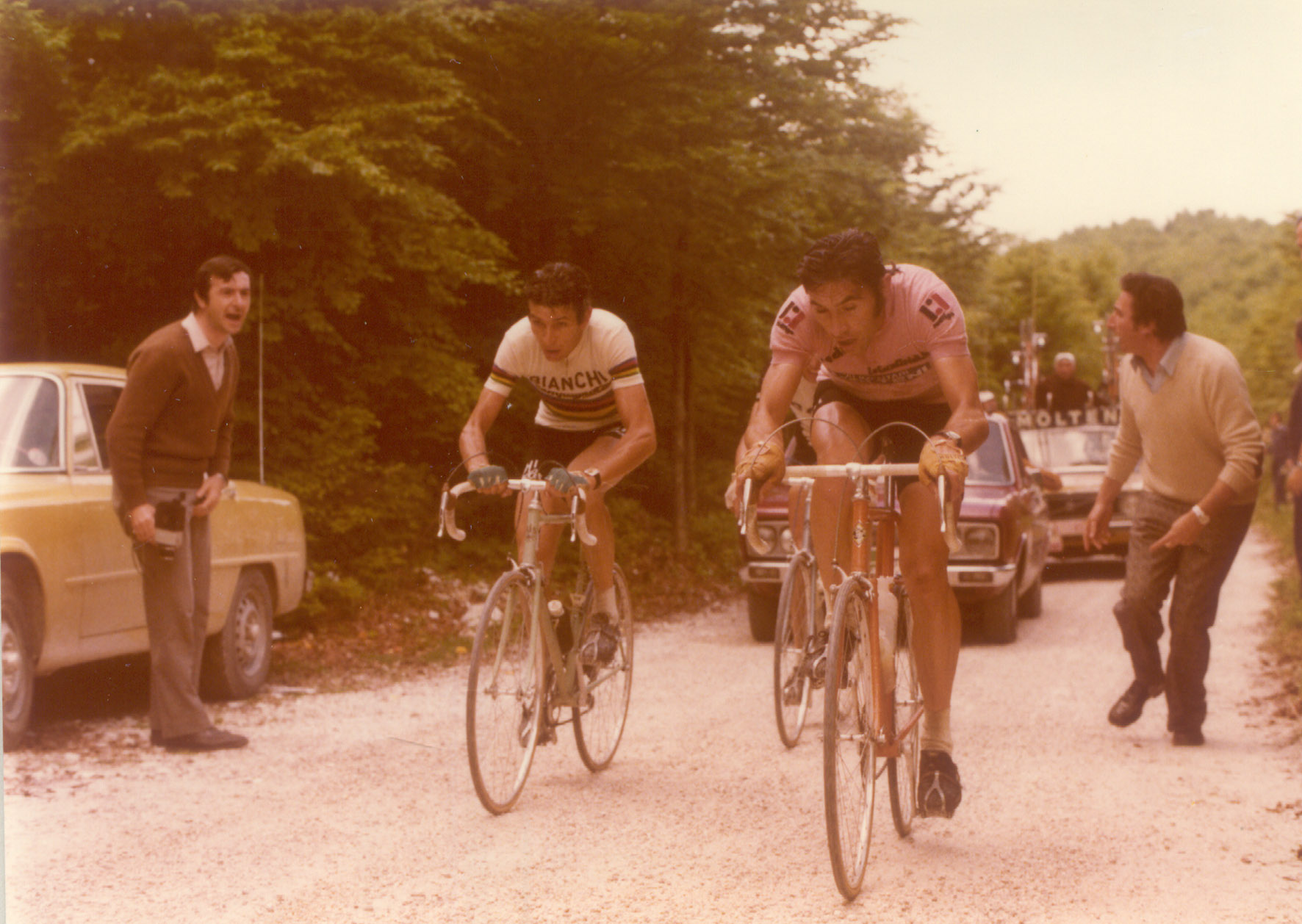
This week, Cyclingnews takes a deep dive into the UCI's WorldTour and the global reforms of professional cycling first introduced in 2005, and the impact it has had on the sport. First, we look at the history of cycling and what separates it from other sports and makes creating a season-long series challenging. Later this week, we will recap the evolution of the WorldTour, the impact it has had on teams, races and riders, and the globalization of the sport of cycling.
Although professional cycling's great races were devised independently in the early part of the 20th century, and although the calendar of major events developed organically, attempts at creating a season-long 'narrative' have existed since at least the immediate post-war period.
The Challenge Desgrange-Colombo, which ran between 1948 and 1958, tabulated results from the Tour de France, Giro d'Italia and major Classics in a bid to crown the season's most consistent rider. The competition was run by newspapers L'Équipe, La Gazzetta dello Sport, Het Nieuwsblad and Les Sports, and the roll of honour was notable. Briek Schotte was the first winner, followed a year later by Fausto Coppi, but after three consecutive wins by the Classics specialist Fred De Bruyne, disagreements between the members of the organising committee – sound familiar? – ultimately led to the demise of the series.
The following year, however, French distillery Pernod stepped into the breach. Having already sponsored a season-long competition for the best French rider, Pernod expanded the series internationally in 1959, and the Super Prestige Pernod was born.
A cursory glance at the roll of honour shows that the Super Prestige Pernod was a remarkably reliable indicator of the best rider in any given year. Jacques Anquetil claimed four titles in the 1960s before Eddy Merckx carried off the prize on seven consecutive occasions. Freddy Maertens' brief imperial phase in the mid-1970s was marked by two titles, while Bernard Hinault won four years running from 1979 to 1982.
Even Greg LeMond, later blamed for pioneering the notion of focusing exclusively on the Tour de France, won the Super Prestige in 1983. Sean Kelly, meanwhile, struck informal alliances with Classics rivals in the final weeks of 1985 to win the second of his three titles, before his run was interrupted in 1987 by his fellow countryman Stephen Roche's treble of Giro d'Italia, Tour and Worlds.
The 1987 edition of Super Prestige Pernod, however, would be the last, due to the French government's newly-introduced ban on alcohol sponsorship in sport. By then, the relevance of the Super Prestige Pernod was already under threat thanks to the 1984 introduction of the FICP world rankings (later rebranded as the UCI rankings), though the rolling format – not to mention Kelly's five unbroken years atop the standings at the outset – meant that the classification was devoid of suspense.
The latest race content, interviews, features, reviews and expert buying guides, direct to your inbox!
The World Cup
In 1989, the UCI introduced successor of sorts to the Super Prestige Pernod, the UCI World Cup, which linked together the Monument Classics and some newer one-day races into a season-long points classification replete with UCI-branded leader's jersey.
Sean Kelly was the first winner in 1989, and though the series grew in prestige during the 1990s, it was hardly met with universal acclaim. New ventures such as the Wincanton Classic (later the Leeds Classic and the Rochester Classic) and the GP de la Libération team time trial were included at the expense of established Classics such as Gent-Wevelgem and Flèche Wallonne. This was in no small part due to UCI president Hein Verbruggen's television-centric conception of the future of the sport: World Cup events had to take place on a weekend to maximise viewing figures, and attempting to grow cycling beyond the historic core of France, Belgium, Italy and Spain was a stated objective.
The last World Cup races of the season, meanwhile, saw contenders for final victory sacrifice their chances in major Classics in a more overt manner than had ever been seen during the Super Prestige Pernod years. The most glaring instance perhaps came in 1997, when Michele Bartoli simply sat up during the four-up sprint at the end of the Tour of Lombardy and left the spoils to his breakaway companions, mindful that fourth place would be enough to knock Rolf Sorensen off the top of the standings.
Enter the ProTour
By the early years of the 21st century, the UCI began to feel that the overall structure of professional cycling was no longer fit for purpose, with the calendar disjointed and the hierarchy of teams equally hazy. In 2003, the governing body announced plans to disband both the World Cup and the UCI world rankings at the end of 2004, reforming the calendar from 2005 under the aegis of the UCI ProTour.
By 2004, for instance, the Giro d'Italia peloton was made up primarily of minor Italian teams, and the field patently lacked the depth of the Tour; Alessandro Petacchi clocked up 9 stage victories that year, while the Saeco squad of Damiano Cunego and Gilberto Simoni dominated the GC battle. Tour de France contenders such as Lance Armstrong, Jan Ullrich and Ivan Basso, meanwhile, were largely content to eschew chasing major results in the early-season, preferring instead to build their entire campaigns around three weeks in July.
The nascent ProTour's stated aims were thus to encourage the best riders in the world to participate in all of the biggest races, to provide stability for teams and sponsors, and to spread cycling's reach beyond its European heartland. The old first division morphed into the ProTour, the second division was re-branded as Pro Continental level, and the line between amateur and professional teams was blurred still further with the introduction of Continental licences.
Tour de France organiser ASO, however, felt the UCI's new structure also had the obvious, implicit aim of clipping its wings. The Tour had always been the biggest race on the calendar, but its prestige – and its coffers – began to dwarf the rest of the sport to an even greater extent during the 1980s and 1990s, thanks in no small part to the infusion of American interest on the back of the exploits of first LeMond and then Lance Armstrong.
The new ProTour thus divested some of ASO's powers to the UCI, most immediately its autonomy of team selection. All 18 ProTour teams were now guaranteed participation in the Tour (and all ProTour races), meaning that ASO had just four discretionary invitations at its disposal.
No matter, an uneasy truce was brokered in 2004, and the ProTour began life in 2005 with a new logo, a white leader's jersey, and a launch in Paris, where Lance Armstrong appeared on stage with outgoing UCI president Hein Verbruggen to give the new structure his benediction. What could possibly go wrong?
Next: The evolution of the WorldTour is fraught with conflict

Barry Ryan was Head of Features at Cyclingnews. He has covered professional cycling since 2010, reporting from the Tour de France, Giro d’Italia and events from Argentina to Japan. His writing has appeared in The Independent, Procycling and Cycling Plus. He is the author of The Ascent: Sean Kelly, Stephen Roche and the Rise of Irish Cycling’s Golden Generation, published by Gill Books.
